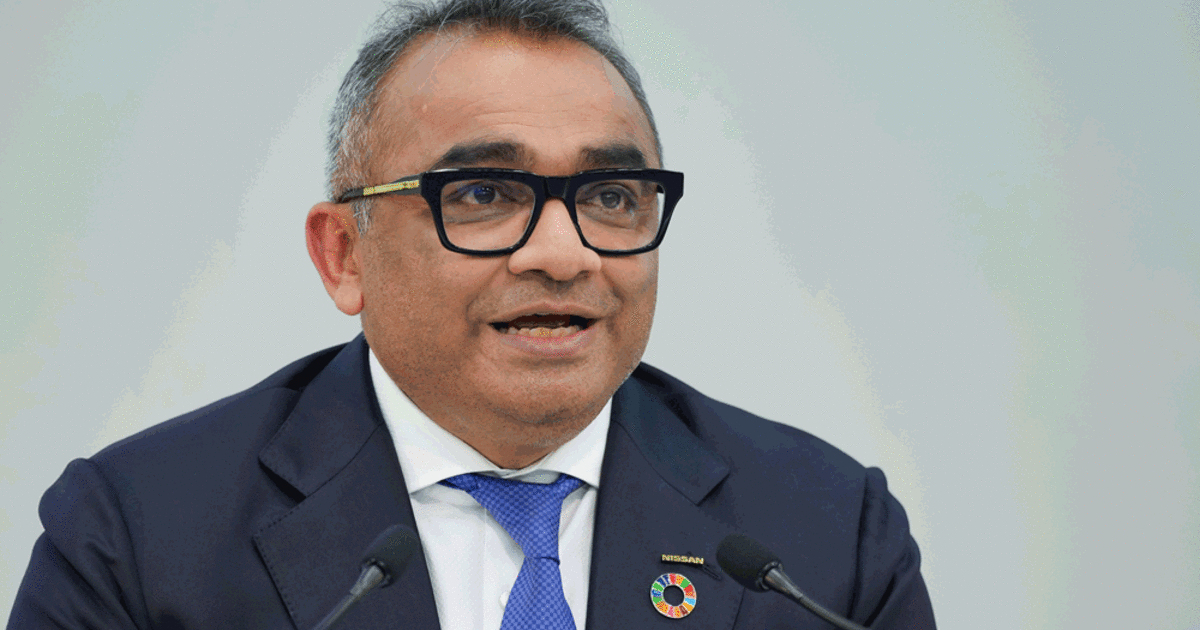Output at the Tochigi plant in Japan that makes the two vehicles increased 90 percent in the October to December quarter, compared with the quarter before. And it will advance another 70 percent in the current quarter. “This is how we want to ramp up Tochigi,” Gupta said.
On the plus side, he said supply and sales of higher-margin vehicles, such as the Rogue and Pathfinder crossovers as well as the Altima sedan, are robust and growing.
North American retail sales for Japan’s No. 3 automaker fell 2.1 percent to 256,000 vehicles in the fiscal third quarter ended Dec. 31. The decline came even as Nissan’s production recovered a bit on a global basis. Worldwide output increased 9 percent to 909,000 units in the period.
The production increase is fueling a gradual recovery in global inventories. Nissan said dealer and wholesaler inventories bottomed out around 230,000 vehicles in the April to June quarter, and expanded to around 380,000 units in the last three months.
Before the pandemic, they stood at around 800,000.
Overall, a better mix of more profitable models teamed with foreign exchange rate gains to more than double parent company operating profit in the October to December quarter.
Nissan saw operating profit soar to 133.1 billion yen ($1.01 billion) in the three months, from 52.2 billion yen ($395.9 million) the year before. The yen’s implosion in value against the U.S. and Canadian dollars chipped in a 67.9 billion yen ($514.9 million) windfall.
Because of lingering microchip shortages and continued uncertainty about the COVID-19 pandemic, Nissan cut its global sales outlook for the current fiscal year ending March 31.
It now expects worldwide volume of 3.4 million vehicles, representing a 12 percent drop from the previous fiscal year. Nissan originally predicted volume would increase 3.2 percent to 4.0 million vehicles and has already cut the forecast once, to 3.7 million in November.
Despite the downgraded sales trajectory, Nissan kept its earnings guidance unchanged.
Nissan expects operating profit to climb 46 percent, to 360.0 billion yen ($2.73 billion) in the full fiscal year to March 31, even as net income retreats 28 percent to 155.0 billion yen ($1.14 billion).


